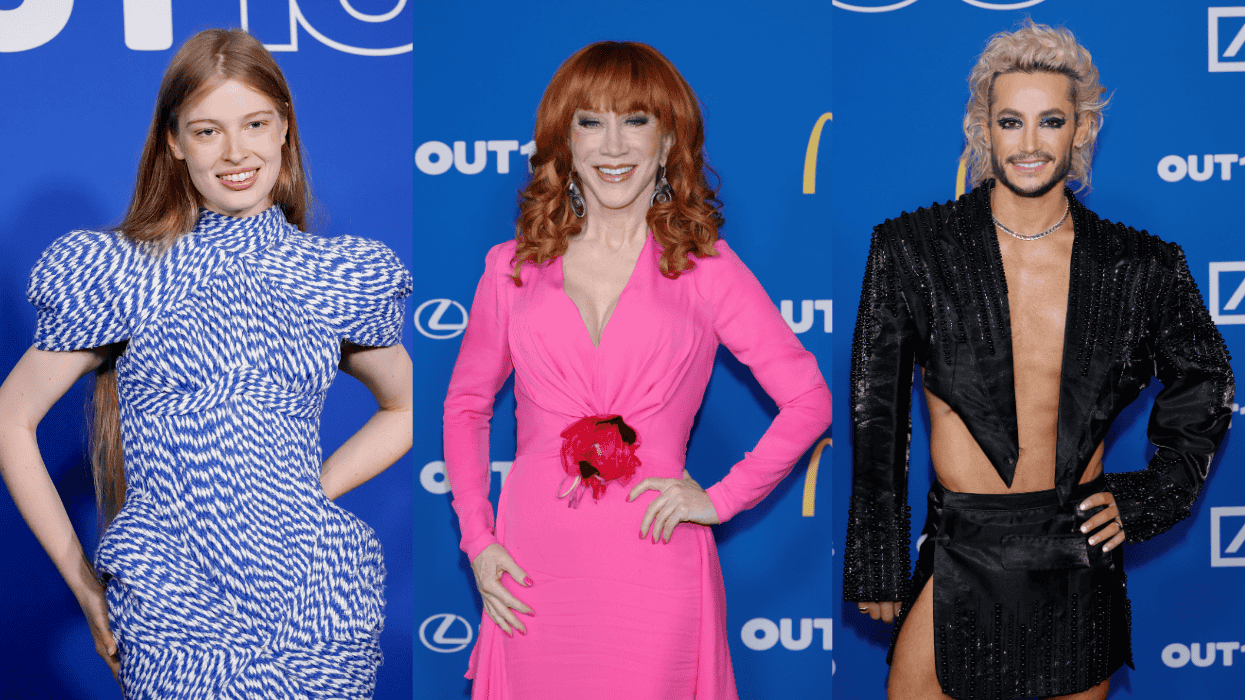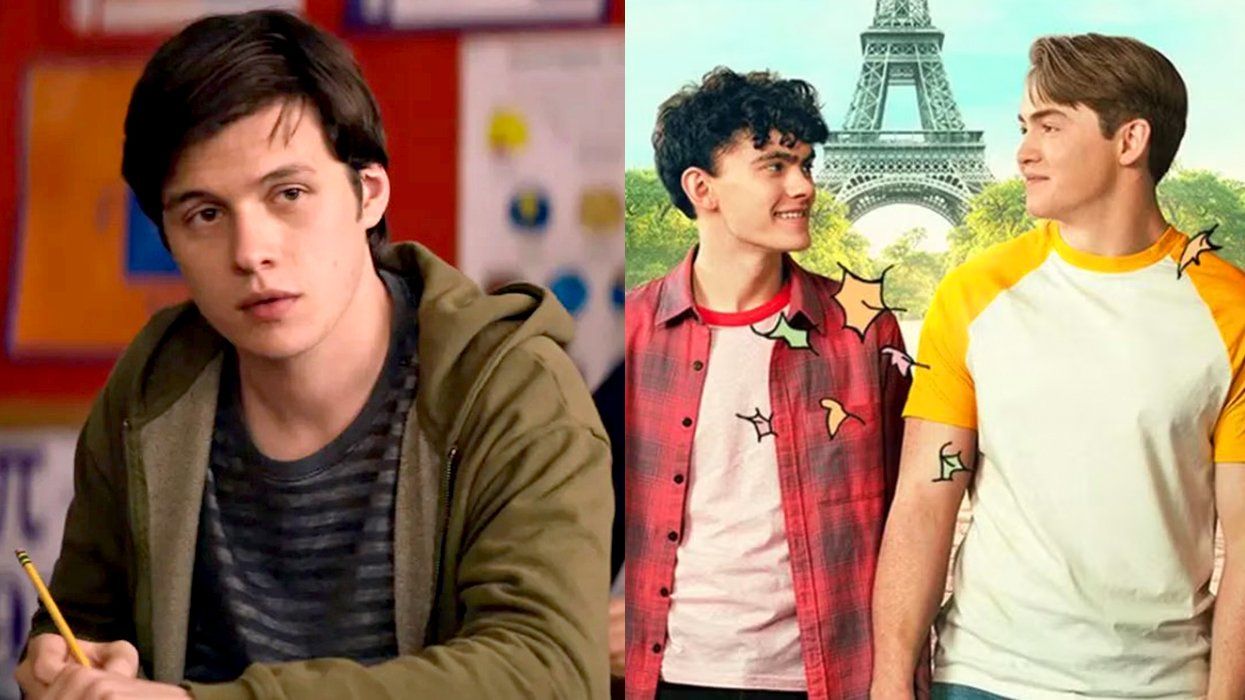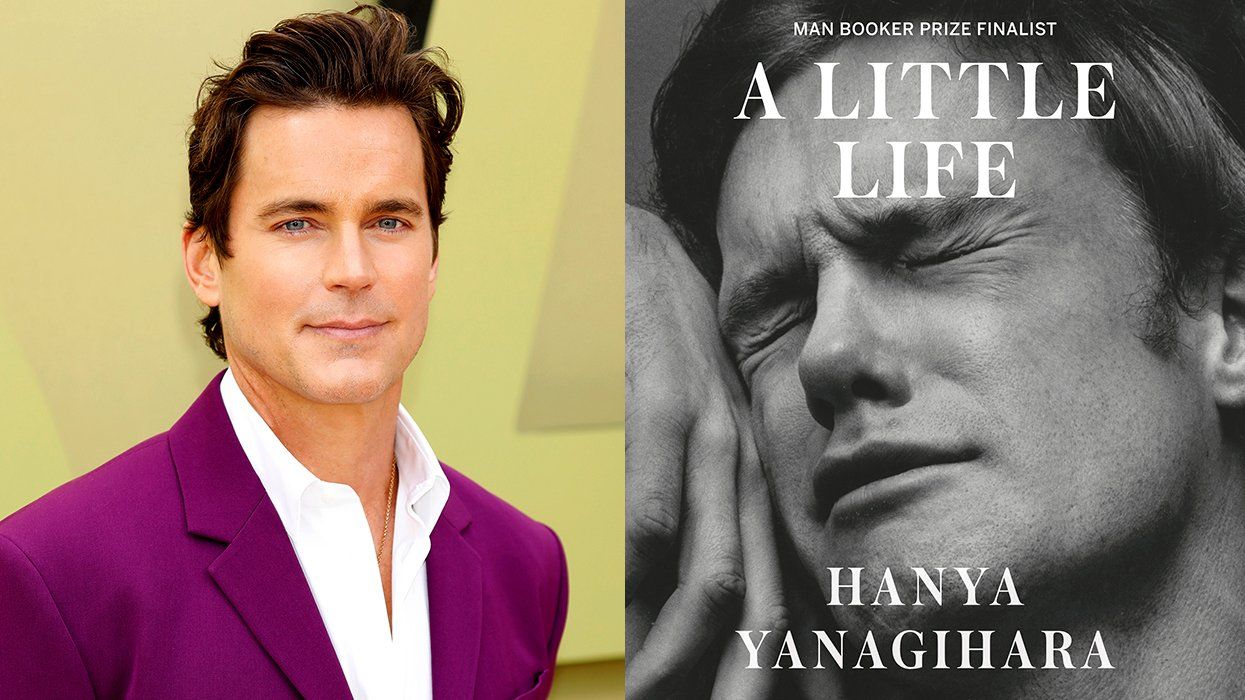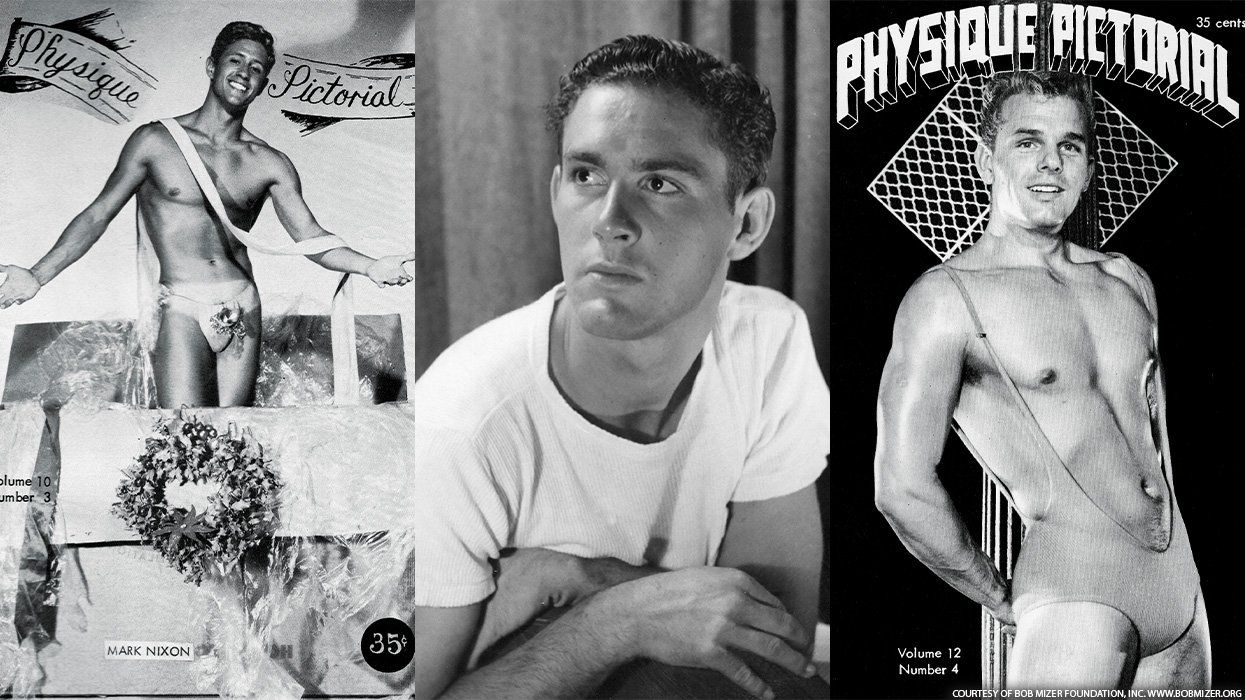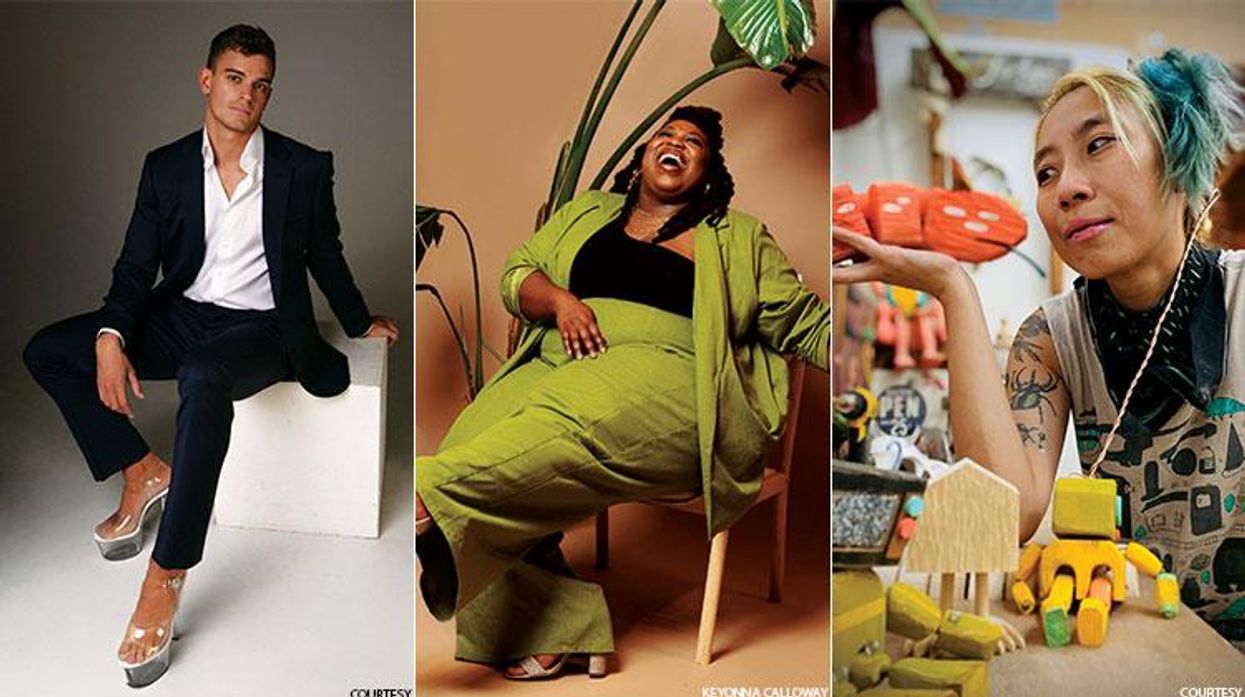For anyone in search of the well-packed crotch, Times Square was a mecca, and most of the photographs here were taken in its vicinity. Some of the more striking images catch solitary figures like athletes at rest, languid but vigilant, primed for their next move.
Others record the moment when a stud and a prospective customer meet, huddling together in a doorway to negotiate the terms of their transaction. But hustlers were not the only guys letting it all hang out in the 1960s: The photographer's subjects include construction workers, sailors, the occasional office drone, and a number of gay men, all packing, some so outrageously you suspect they've stuffed a sock down there.
SLIDESHOW | Anonymous Encounters
The photographer clearly had a one-track mind, but we don't know anything else about him. He was a dedicated, modestly skilled amateur, maybe a student, more likely self-taught. He cared about making good prints, and, on the evidence here, he knew how to make good pictures -- but did he show them to anyone? Considering their obsessive, erotic focus, could he show them to anyone?
It seems apparent that he didn't use his photographs to meet people. He wasn't cruising; he was collecting, cataloging -- regularly adding to what was probably a very private archive. He took most of his pictures from a distance, surreptitiously, but even when he's facing his subjects head-on down the sidewalk, few seem to notice him, and those who do are rarely the focus of his gaze. Somehow, he manages to disappear from the scene. Did he simply conceal his camera or pretend he was looking elsewhere? Working on the street, he had to be both patient and quick: willing to wait, ready to pounce. And when he found what he was looking for, was he aroused? He wasn't sneaking shots of men's baskets for a sociological study, but there's something repressed about the work -- it's more about compulsion than desire. Was he a voyeur, using his camera to make vicarious, sexless conquests? Or was he a customer checking out the merchandise? If he was queer, did he acknowledge it? Did he feel a connection of any sort with the gay men he photographed? Years before Stonewall, many of these guys were obviously, publicly out. Did he envy their style, their audacity, their defiance? Or did he share it?
Style may have been entirely incidental to the photographer's project, yet his attention to every detail makes it the subtext of many of the pictures here. Consciously or not, he was making fashion photos.
There's no single dress code among his subjects, but even the most casual guys are wearing slacks, not jeans, and leather shoes, not sneakers. The well-dressed hustler wears his pants tight (of course), sharply creased, and cuffed short, well above the ankle. A few of them go for classic rough-trade outfits, with vests over muscle tees, cheap leather jackets, and boots. Many more sport a regular-guy, vaguely preppy look: madras and button-down shirts, windbreakers, cardigans, chinos, loafers.
Since the hypermasculine clone look didn't take over until after Stonewall, there's no gay uniform here -- no mustache, no 501s, no flannel shirt, no ear stud, no work boots. Apparently, the other thing absent from many of the outfits is underwear, which only got in the way for anyone who lived or played by his most obvious assets.
Later, when standard white Fruit of the Looms came to be seen as the height of uptight conservatism, a lot of guys, both gay and straight, did away with underwear altogether. Gay men on the hunt would sandpaper the crotch of their jeans to lighten up and thin out the material, drawing the eye and emphasizing the shape of everything bunched up against their thigh.
The come-and-get-it message could not have been more direct; midway through the '70s, just as disco was peaking, half of the guys on Christopher Street and most of the sweaty, shirtless dancers at Flamingo were packing like hustlers.




